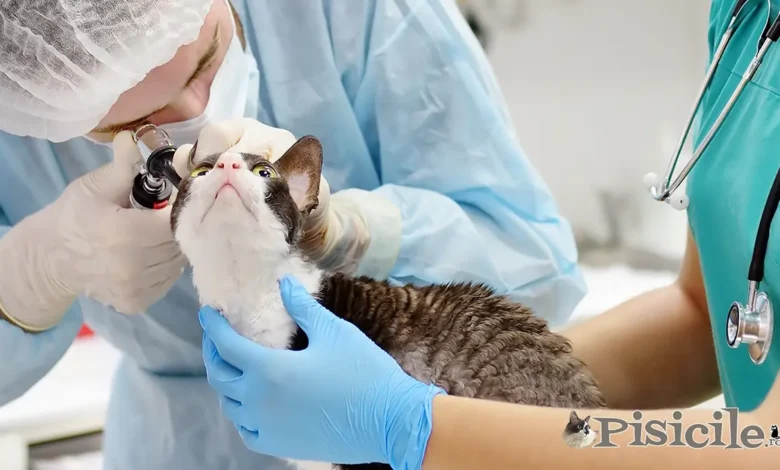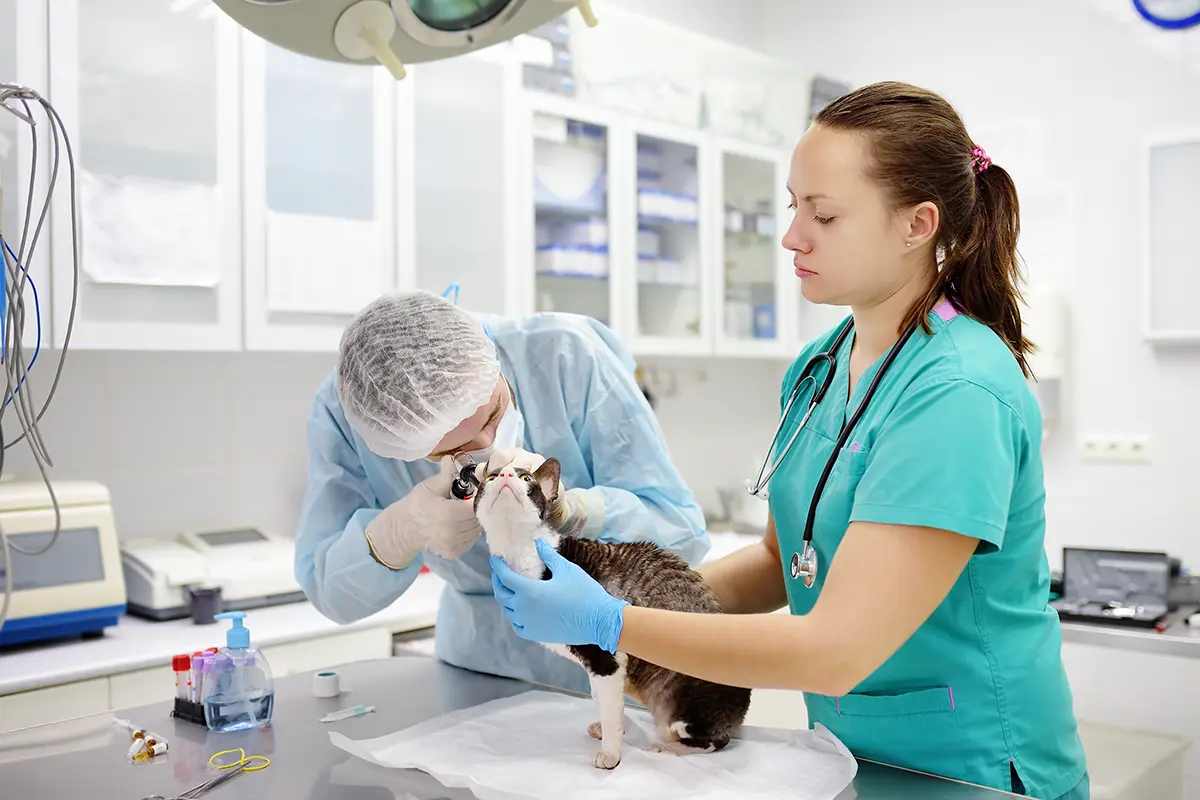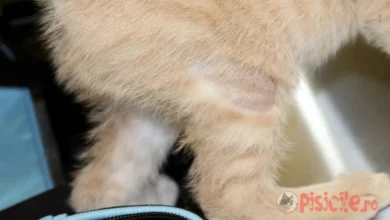
Scabies in cats represents a parasitic dermatological condition with a significant contagious impact. This disease can not only affect the health of cats, but it can also spread quickly to other animals that come into contact with sick cats, such as dogs or other domestic mammals. However, what makes mange in cats even more concerning is that it can also be transmitted to humans, causing serious dermatological problems. Thus, in the presence of a case of mange in a cat, it is essential to immediate action is taken for isolation and treatment of the animal, as well as for rigorous sanitation of the environment, with the aim of preventing the potential transmission of the infection both to other animals and to family members who are in contact with the affected cat.
Beside auricular scabies which is the most widespread and about which I wrote a whole article, there are other types of mange, at least as dangerous that can reduce the quality of life of cats.
Subject
Scabies in cats - Types of scabies
There are several types of scabies that can affect cats, but the most common are: auricular scabies (Otodectics), notedric toad, sarcoptic mange, demodectic mange and Cheyletiella mange.
Auricular Ringworm (Otodectic)
Auricular mange affects the cat's ears and is caused by otodectic mites. Symptoms include itching of the ears, shaking of the head, and earwax. Something like coffee grounds (a dark, dry discharge) is seen.

Feline notohedric scabies (Râia Notedrică)
Scabies in cats can also be caused by mites Notoedres cati and can cause intense itching, alopecia and skin irritations, especially in the head and neck area.
Demodectic mange
Demodectic mange, is also known as "red rust". It is caused by mites Demodex and can be localized (affecting a specific area of the skin) or generalized (affecting the whole body). It is manifested by baldness, redness and skin irritation.
Cheiletielosis scabies
This is a form of mange found in cats, caused by the parasite Cheyletiella blakei and is often referred to as "body mites". This condition can be confused with dandruff, because the mites leave a white coating on the cat's fur following their movements. Therefore, it is crucial to be extremely careful and be able to distinguish between these two dermatological problems.
Thrombiculiasis scabies
Thrombiculiasis is a condition caused by mites Neotrombicula larvae and is characterized by the appearance of some skin lesions specific. These lesions may take the form of papules or pustules and are accompanied by pruritic excoriations, i.e. scratches or sores mainly in the abdomen, extremities and head and ears. These mites are known as "harvest mites" or "harvest mites" because they attach to the skin of animals and sometimes humans and can cause significant discomfort. Thrombiculiasis is a dermatological problem that requires the attention of a veterinarian for proper diagnosis and treatment.
Scabies in cats – Treatment
Treatment for scabies varies depending on the specific type of parasite causing the condition. Since there are several types of mites that can trigger scabies in animals, including cats, the therapeutic approach must be adapted according to the pathogen identified. However, there are some common principles in treating scabies in cats.
The first step is always the correct diagnosis, which is achieved through clinical examination and/or laboratory tests. After identifying the type of parasite, the veterinarian will recommend the appropriate treatment. This may include taking antiparasitic medications in the form of lotions, shampoos or pills, as well as topical or oral treatments.
If the condition has been detected in a cat, it is important to take measures to prevent the spread of the parasite throughout the household. This may involve rigorous environmental sanitation and, in some cases, prophylactic treatment for other animals in the household. It is also essential to strictly follow your veterinarian's recommendations regarding medication administration and duration of treatment. Even if the symptoms disappear before the treatment is completed, it is important to continue the treatment to make sure that all the parasites have been eliminated.
In conclusion, treatment for scabies in cats it depends on the specific type of parasite and must be determined by a specialist. It is crucial to consult a veterinarian for a correct diagnosis and to establish an appropriate treatment plan for your cat.



